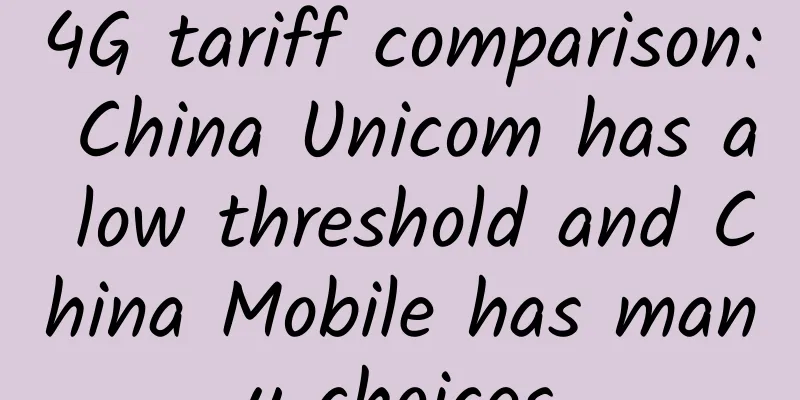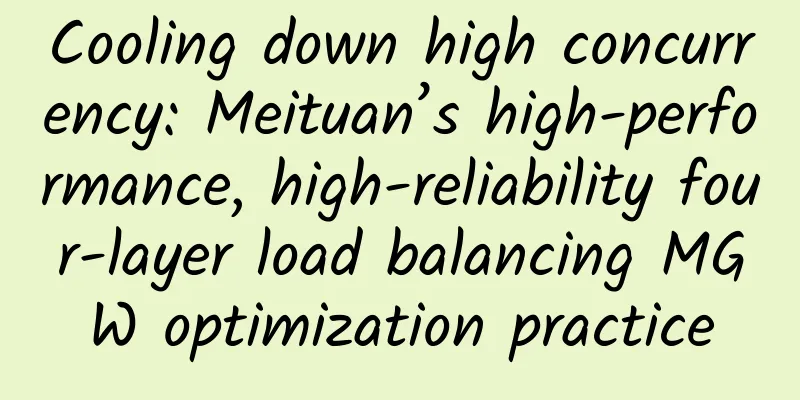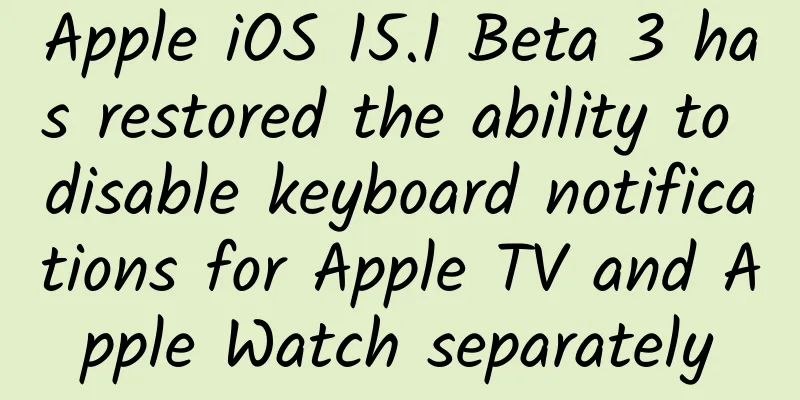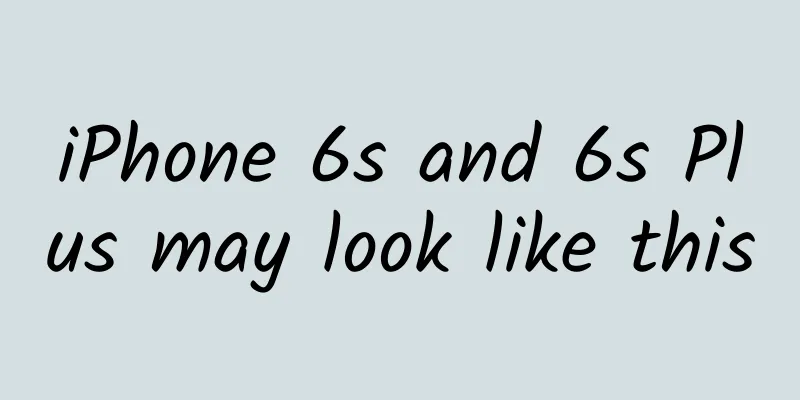Why do we need to go to space to develop quantum communications?
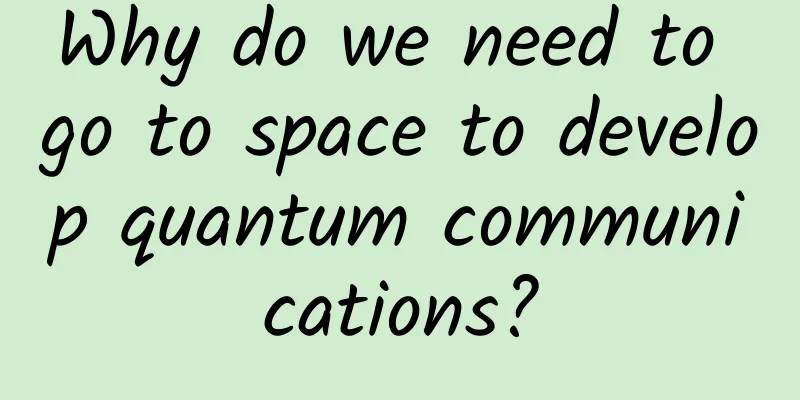
|
“Things are accomplished through secrecy and ruined through leaks.” From the power struggles among wise kings and famous ministers in ancient times to the maneuvers between major powers in modern times, leaks of secrets have always been an issue of widespread concern in the process of information transmission. If a communication method could be fast, stable and lossless, Pompey would not have been defeated at Pharsalus, Ma Su would not have lost Jieting, and countless incidents in history caused by errors in information transmission would have been avoided. The ancients were unfortunate, but the moderns are fortunate. The means to successfully solve the problem is neither the use of wild geese to deliver letters nor the use of fish to deliver letters, but a seemingly mysterious concept - quantum communication. From June 25 to 27, the World Internet Conference Digital Civilization Nishan Dialogue was held in Shandong. At the achievement exhibition, the "Jinan No. 1" quantum micro-nano satellite, which will be launched in 2022, attracted a lot of attention. As quantum communication goes further and further in the application field, we can't help but start to imagine: what kind of future will quantum communication lead mankind to? What role does quantum satellite play in it? Quantum communication is difficult to eavesdrop on As one of the basic concepts of quantum communication, quantum has appeared frequently in various science fiction works in recent years, but it is not easy to define it accurately. Liao Shengkai, a professor-level senior engineer at the Institute of Quantum Information and Quantum Technology Innovation of the Chinese Academy of Sciences, introduced that quantum is an important concept in modern physics, that is, if a physical quantity has the smallest indivisible basic unit, then this physical quantity is quantized, and the smallest unit is called a quantum. "The concept of quantum was proposed by German physicist Planck and was first used to explain energy phenomena such as blackbody radiation," said Liao Shengkai. "Subsequent experiments have shown that other physical quantities such as angular momentum, electric charge, and energy also have discontinuous quantization phenomena, and quantum mechanics, which goes beyond the theoretical framework of Newton's classical mechanics, has emerged." Liao Shengkai introduced that compared with Newton's classical mechanics, quantum mechanics has the following characteristics: uncertainty, measurement collapse and non-cloning. These three characteristics have also become the theoretical basis for the realization of quantum communication. One of the research contents of quantum communication is quantum key distribution. "Traditional encryption technology based on computational complexity has the possibility of being cracked in principle, and the difficulty of cracking it depends only on the strength of computing power. With the continuous improvement of mathematics and computing power, the possibility of classical cryptography being cracked is increasing day by day." Liao Shengkai said, "Unlike classical communication, the security of quantum key distribution is based on the basic principles of physics and has nothing to do with computational complexity. Through the transmission of quantum states, users in two distant places share a secure key, and use the key to strictly encrypt information once and for all. This is the only known communication method that cannot be eavesdropped or cracked and is unconditionally secure in principle." Another important aspect of quantum communication is quantum teleportation. Quantum teleportation uses quantum entanglement to accurately transmit the unknown quantum state of a particle to a distant location without transmitting the particle itself. Quantum teleportation is a basic element for building distributed quantum information processing networks and quantum computers. Satellite transmission of information “If you want to do your work well, you must first sharpen your tools.” Traditional communication methods such as radio communication require the support of base stations and other related equipment. As an advanced communication method, quantum communication naturally cannot do without many advanced equipment. Since quantum communication usually uses single photons as the physical carrier of information transmission, people can't help but wonder whether directly connecting an optical fiber is enough to meet the needs of long-distance quantum communication? The answer is obviously no. The loss problem has become the crux of the fiber optic method. "Quantum has the principle of non-cloning, so single-photon quantum information cannot be amplified like classical communication. Once the transmission distance is long, the loss problem will become extremely serious." Liao Shengkai pointed out, "According to data calculations, through 1,200 kilometers of optical fiber, even if there is a single-photon source with a transmission rate of tens of billions per second and a perfect detector, it will take millions of years to transmit one bit of key, which is obviously completely unrealistic." 1,200 kilometers of optical fiber may be possible to manufacture, but single-photon sources with a rate of tens of billions per second and perfect detectors are beyond the reach of current technology and other realistic conditions, not to mention that people cannot wait millions of years to transmit information. Scientists are forced to look for other ways to solve the problem. Since the ground is not feasible, going to the sky becomes a possible option. "Using the characteristics of outer space being almost a vacuum and light signal loss being very small, the distance of quantum communication can be greatly extended with the assistance of satellites," Liao Shengkai said. "In addition, since satellites have the unique advantage of conveniently covering the entire earth, using satellites for quantum communication is one of the most promising ways to achieve ultra-long-distance practical quantum communication on a global scale." Liao Shengkai introduced that according to the altitude of the orbit, quantum satellites can be divided into three types: low-orbit satellites (below 2,000 kilometers), medium-orbit satellites (2,000-20,000 kilometers) and high-orbit satellites (above 20,000 kilometers). "These satellites are equipped with some quantum communication devices and can complete certain tasks of quantum communication, so they are called quantum satellites." Liao Shengkai said. Quantum satellites can also be divided according to weight into small satellites (100-500kg), microsatellites (10-100kg), nanosatellites (1-10kg), picosatellites (0.1-1kg), and femtosatellites (10-100g). "Generally speaking, the smaller the satellite, the lower the launch cost and the higher the cost-effectiveness," said Liao Shengkai. Liao Shengkai pointed out that an important role of quantum satellites is to extend the distance of quantum communication as a relay, thereby achieving long-distance and difficult communication. "Ground base stations (i.e., reliable relays) used for quantum communication generally need to be deployed every tens of kilometers, which is costly and difficult to maintain. If satellites are used to transmit information, all problems will be solved," Liao Shengkai said. A bright future to look forward to Although quantum satellites are very powerful, it is obviously not enough to rely on just one quantum satellite to truly support wide-area quantum communications. More quantum satellites are needed to work together to form a satellite network. Liao Shengkai introduced that generally speaking, there are two solutions to achieve satellite networking. One is to rely on a large number of low-orbit satellites to form a real-time coverage network. The Iridium Project and the Starlink Project belong to this category. "The communication time of low-orbit satellites passing through the ground station is often only a few minutes, so hundreds or even tens of thousands of satellites are needed," Liao Shengkai said. The other type mainly relies on medium- and high-orbit satellites, such as geosynchronous orbit satellites that are stationary relative to the ground. "The geosynchronous orbit is about 36,000 kilometers high, which is the orbit of current broadcasting and television satellites and conventional communication satellites." Liao Shengkai said, "Generally speaking, three geosynchronous orbit satellites can achieve global coverage." Liao Shengkai introduced that, generally speaking, low-orbit satellites have low orbits, strong signals, and high transmission rates, but short transit times and small amounts of information transmitted; high-orbit satellites have high orbits, weak signals, and low transmission rates, but long transmission times and can work almost all day, and transmit large amounts of information; medium-orbit satellites are between high-orbit satellites and low-orbit satellites, and have the characteristics of both. "The specific form of satellite should be selected according to needs. In a quantum network established by satellite, it is often necessary to make comprehensive use of three types of satellites," said Liao Shengkai. With the support of quantum satellites, quantum communication has made great progress. However, in Liao Shengkai's view, if we want to truly realize large-scale applications, we need to continue to work hard in both policy and technology. From a technical point of view, quantum communication should also develop in the direction of increasing code rate, increasing distance, and reducing costs. "At present, the code rate of mature quantum communication products is still relatively low, usually only reaching the level of several thousand bits per second (kbps), and needs to be used in combination with symmetric cryptographic algorithms to achieve large data rate encryption protection; on the other hand, the cost of mature products is relatively high, which is not conducive to large-scale promotion and application." Liao Shengkai introduced. From a policy perspective, as a method of key distribution or key negotiation in cryptographic technology, quantum communication needs to meet the compliance of cryptographic applications and form industry standards before it can be widely used and promoted. "Although some standards have been initially formed and released at home and abroad through nearly ten years of efforts, we still need to increase support, form a complete system and improve evaluation and certification capabilities to support large-scale applications," said Liao Shengkai. Despite some challenges, the future that quantum communication can bring is undoubtedly extremely desirable. "Imagine that in the future everyone's privacy can be effectively protected, and it will be easy to transmit messages thousands of miles without loss," said Liao Shengkai. "I always believe that quantum communication will lead mankind to a better future!" |
<<: Air quality actually affects box office? !
>>: Don’t just think about eating, be alert to intestinal infectious diseases in summer!
Recommend
The 38-section copy you wanted is here!
According to historical records , although there ...
Teach you how to sell virtual products on Douyin, beginners can copy the operation
On the Internet, some people make a living mainly...
Operational tips: In the early stage of promotion, should we use WeChat or App?
The author of this article is Qianniu Xujin, form...
Mercedes-Benz factory workers to strike again after talks fail
According to Reuters recently, on November 24, wo...
Manganese ore is not "fierce", but a little "cute"
Among all kinds of minerals, those named in the f...
Google's natural language processing takes a step further, enabling direct answers to complex questions
Google voice search was launched in 2008. Four ye...
Hema Fresh Product Analysis
Hema Fresh is an important part of Alibaba's ...
Tik Tok and Kuaishou authentication methods and steps!
Before entering today's course, let me share ...
Xiaohongshu Marketing Creates Hot Products from 0 to 1
The budget is not enough. How can we do a good jo...
The five elements landing system of community operation, the only common framework diagram for all big names to earn 100,000 yuan a day [audio course]
The five elements landing system of community ope...
A toilet from two thousand years ago looks luxurious, but can explode?
Author: Dala Reviewer: Professor Li Chunqing, Arc...
Have you fallen into these 5 pitfalls of community operations?
Because it's simple, everyone wants to do it....
Getting Started Guide for Massive Streaming
Juleliang Qianchuan was fully launched on April 9...
Chen Xiang's short video compulsory course for novices to become popular
Chen Xiang’s compulsory short video course that c...
Interesting story | Humans evolved from ancient apes, so do monkeys have the chance to evolve into humans?
About 65 million years ago, a large meteorite hit...

